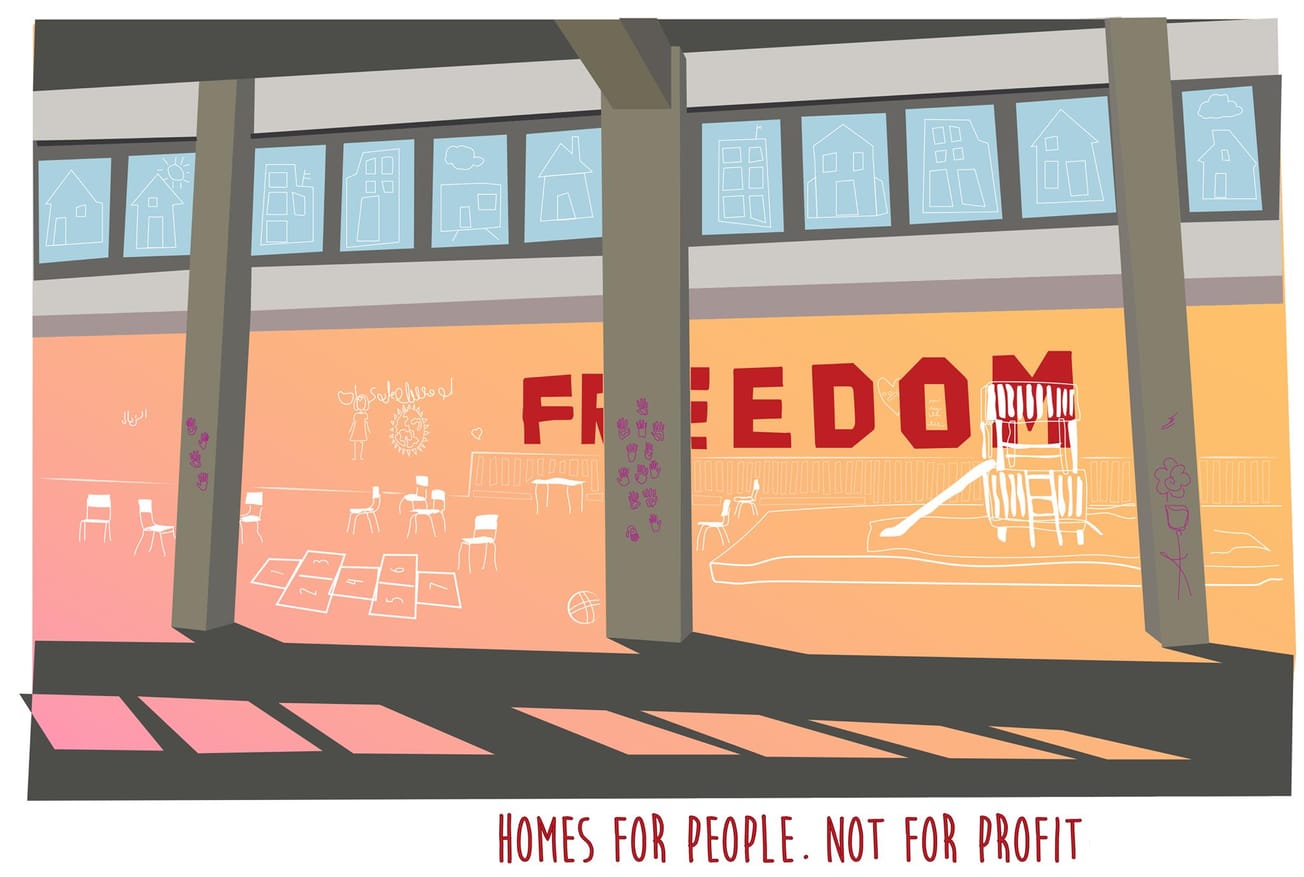By Oliver Cohen Features Digital Editor
As part of Enterprise Week Epigram speaks to Adam Harwood, Capabilities Team Lead at Ultraleap. Hear about the company and their technology as well as the effect Bristol University and the surrounding city has had on their success and innovation
The five senses, while ubiquitous as part of the human experience, have starkly different roles in our relationship with technology. Sight and sound have been firmly entrenched in the digital age from its very start. Whether it be interacting with family and friends over video-chat, playing your favourite app or writing that essay far too close to the deadline, they are the natural way we see and interact with technology.
Touch as of yet has taken a backseat, the clunkier cousin relegated to the realm of keyboards, tactile buttons and physical devices. Screens have got sharper, evolving from HD to 3D to 4K; most of us are still however stuck with the humble computer mouse. The staple interface device, whose base functionality has been woefully stagnant in development throughout the fifty or so years since its invention.
Enter Ultraleap, a company which in just over a half-decade of existence has raised tens of millions of pounds in investment, aiming to provide tactile feedback in mid-air. By using a combination of hand-tracking and vibrotactile feedback (vibrating the skin of your hand) they aim to give haptic feedback the illusion of touch. While taste and smell may still be out of reach; Ultraleap wants to make touch an integral part of the digital experience.
So why touch, what currently unexplored realm of experience does digital touch allow, Adam elaborated.
Ultraleap while now a global company has very close ties to Bristol. Tom Carter, their CTO started developing the fundamental technology behind the vibrotactile element on the final year of his masters in computer science at the University. The same technology would be the subject of his PhD here, eventually leading to the founding of Ultrahaptics which later would transform into Ultraleap, the current iteration of the company.
Fortunately for the city of Bristol, rapid technological developments like these while fantastic are becoming less and less unique as the tech sector goes from strength to strength. This year alone, Bristol tech companies have raised over 300 million dollars from investors and last year, the sector had an annual turnover of 7.9 billion pounds.
Ultraleap no doubt benefited from such an environment, with the precursor Ultrahaptics being involved early on with SETsquared a Business incubator and partnership between five high-performance research universities: Bath, Bristol, Exeter, Southampton and Surrey. In Steve Cliffe and Tom Carters (CEO & CTO) own words:
“SETsquared has been our home since the early days of the business. Not only have they provided a literal home, in the form of our first office space, but they’ve also provided everything else we all need from a home: support, advice, connections, guidance and training.”
Adam had a lot to add on both his personal experience of the university and the broader impact the city has had with its's positive startup culture.
So whether their technology is found in the next big virtual reality video game or implemented for your day to day excel work, it is clear to see the digital interfaces of the future are in for a touch of change.
Featured Image: Epigram/Oliver Cohen
Like what Ultraleap are doing? Got another Bristol company you want to talk about, get in touch!









